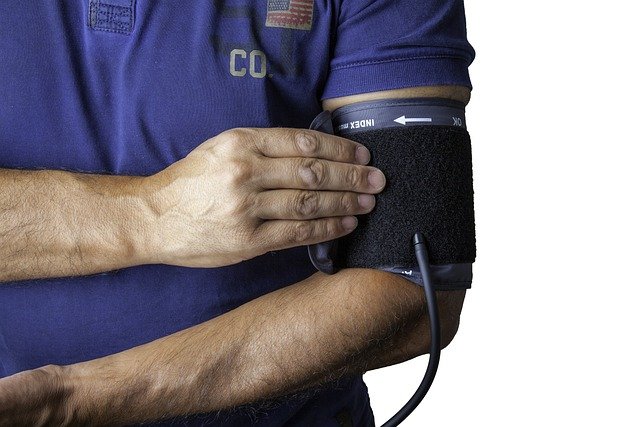Heart Disease in Women: Recognize the Risks and Take Control of Your Heart Health
Heart disease remains the leading cause of death among women in the UK, yet many women remain unaware of their unique risks and symptoms. Unlike men, women often experience subtler warning signs and face distinct risk factors that can be overlooked by both patients and healthcare providers. Understanding these differences is crucial for early detection, prevention, and effective treatment. Women's hearts are affected differently by hormones, pregnancy, and menopause, making it essential to recognise gender-specific patterns in cardiovascular health.

Understanding Heart Disease in Women
Heart disease in women encompasses various conditions affecting the heart and blood vessels, including coronary artery disease, heart failure, and arrhythmias. Women’s smaller coronary arteries and different plaque formation patterns mean that traditional diagnostic tests may not always detect problems as effectively as they do in men. Oestrogen provides some protection against heart disease before menopause, but this advantage diminishes significantly after menopause when hormone levels drop. Additionally, conditions like preeclampsia during pregnancy or polycystic ovary syndrome can increase a woman’s lifelong cardiovascular risk, making early awareness and monitoring vital for long-term heart health.
Key Risk Factors to Watch For
Several risk factors specifically affect women’s cardiovascular health beyond the traditional concerns of high blood pressure, cholesterol, and diabetes. Pregnancy-related complications such as gestational diabetes, preeclampsia, and premature birth significantly increase future heart disease risk. Autoimmune conditions like rheumatoid arthritis and lupus, which disproportionately affect women, create chronic inflammation that damages blood vessels over time. Mental health factors, including depression and chronic stress, also play a larger role in women’s heart disease development. Smoking poses particularly severe risks for women, especially those taking oral contraceptives, as it dramatically increases blood clot formation and stroke risk.
Recognizing the Warning Signs
Women’s heart attack symptoms often differ markedly from the classic chest pain typically associated with men’s heart attacks. While chest discomfort remains the most common symptom, women are more likely to experience subtle warning signs such as unusual fatigue, shortness of breath, nausea, jaw pain, or back pain. These symptoms may develop gradually over days or weeks rather than appearing suddenly. Women might feel overwhelming tiredness, experience sleep disturbances, or notice pain radiating to the arms, neck, or upper back. Recognising these atypical symptoms can be life-saving, as delayed treatment significantly worsens outcomes for women experiencing cardiac events.
Steps to Prevention and Risk Management
Effective prevention strategies for women include both lifestyle modifications and medical interventions tailored to female-specific risks. Regular physical activity, maintaining a healthy weight, and following a heart-healthy diet rich in fruits, vegetables, and whole grains form the foundation of prevention. Women should discuss their complete medical history, including pregnancy complications and family history, with healthcare providers to assess individual risk levels. Managing stress through relaxation techniques, adequate sleep, and social support networks plays a crucial role in women’s cardiovascular health. Regular health screenings should include blood pressure monitoring, cholesterol checks, and diabetes screening, with frequency adjusted based on individual risk factors and family history.
Treatment and Long-Term Heart Health
Modern treatment approaches for women with heart disease increasingly recognise gender-specific needs and responses to therapy. Cardiac rehabilitation programmes now incorporate exercise plans and education materials designed specifically for women’s needs and concerns. Medication dosages may require adjustment due to women’s typically smaller body size and different drug metabolism patterns. Hormone replacement therapy decisions require careful consideration of cardiovascular risks and benefits, particularly for women with existing heart conditions. Long-term management includes regular follow-up care, lifestyle maintenance, and monitoring for complications that may present differently in women than in men.
Women diagnosed with heart disease can lead full, active lives with proper treatment and lifestyle management. Support groups and educational resources specifically designed for women with heart conditions provide valuable emotional support and practical advice. Mental health support remains crucial, as depression and anxiety commonly accompany heart disease diagnosis and can impact recovery and long-term outcomes. Regular communication with healthcare providers ensures treatment plans remain effective and appropriate as women’s needs change over time.
Understanding heart disease in women requires recognising the unique ways cardiovascular conditions affect female patients throughout their lives. From pregnancy-related risks to post-menopausal changes, women face distinct challenges that demand targeted awareness and care approaches. Early recognition of symptoms, proactive risk management, and appropriate treatment can significantly improve outcomes and quality of life for women with heart disease.
This article is for informational purposes only and should not be considered medical advice. Please consult a qualified healthcare professional for personalised guidance and treatment.




